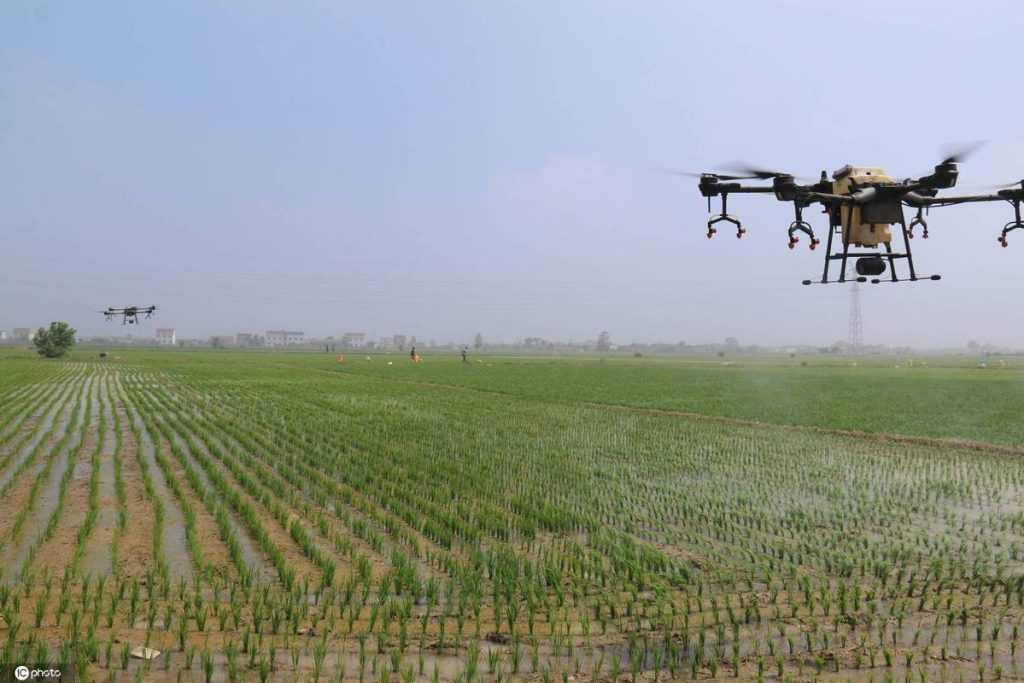1. Efficient and safe. The spraying device of agricultural unmanned helicopters has a width of 3-4 meters, a working width of 4-8 meters, and can maintain a fixed height of at least 1-2 meters from crops. The scale operation can reach 80-100 acres per hour, and its efficiency is at least 100 times higher than conventional spraying. The automatic flight control navigation operation of agricultural unmanned helicopters minimizes the time for workers to come into contact with pesticides, thereby ensuring the safety of workers’ lives.
2. Autonomous operation of flight control navigation. The application of unmanned helicopter spraying technology is not limited by terrain and altitude. As long as the unmanned helicopter takes off from the field to carry out operations on crops within its flight altitude, the unmanned helicopter adopts remote control operation and flight control navigation autonomous operation functions. Before spraying, the GPS information of crops in the field needs to be collected, and the route is planned and inputted into the internal control system of the ground station, The ground station issues instructions to the aircraft, and the aircraft can carry the spraying device to complete the spraying operation independently. After completion, it will automatically fly back to the takeoff point. At the same time as aircraft spraying operations, real-time observation of the progress of spraying operations can also be achieved through the display interface of the ground station.
3. High coverage density and good prevention and control effect. The Tianying Brothers unmanned helicopter has a stable rotor wind field and a relatively low operating height. When the drug droplets are sprayed out of the sprayer, they are accelerated by the downward airflow of the rotor to form an aerosol flow, directly increasing the penetration of the drug droplets to crops and reducing the degree of pesticide drift. Moreover, the amount of drug deposition and coverage are better than conventional methods, so the prevention and control effect is better than traditional methods, and it can also prevent pesticide pollution to soil.
4. Water saving and drug saving, with low cost. The unmanned helicopter spraying technology adopts the spray spraying method, which can save at least 50% of pesticide usage and 90% of water consumption, greatly reducing the resource cost. In addition, unmanned helicopters have low fuel consumption, low labor costs per unit operation, and are easy to maintain.
China is a major agricultural country, and investing drones in the agricultural field will have immeasurable economic and social value. With the recent attempts to apply drone technology in agriculture, the gap in China’s agricultural drone application field will also be filled. It will not only be a revolution in China’s agricultural drone technology, but also a turning point in the era of high-tech agriculture in China.







Please sign in to comment
register